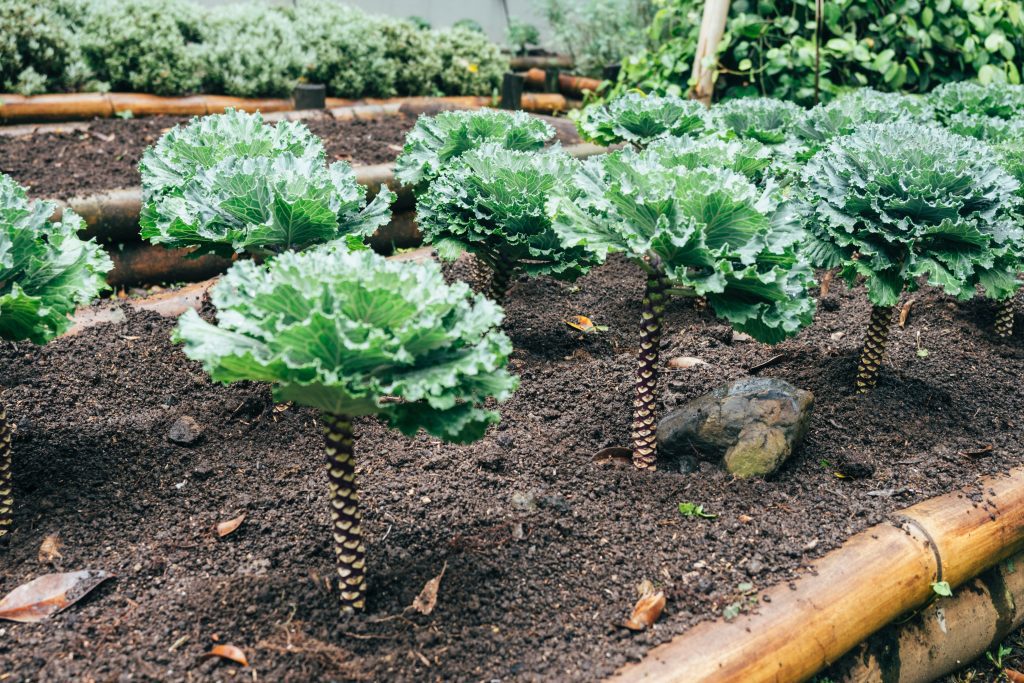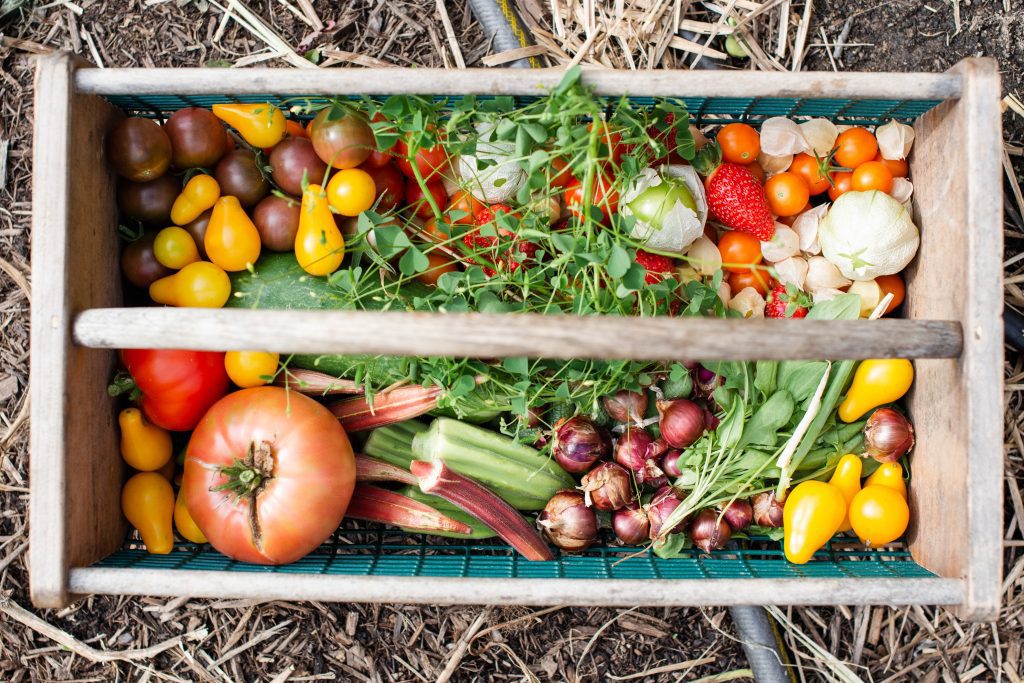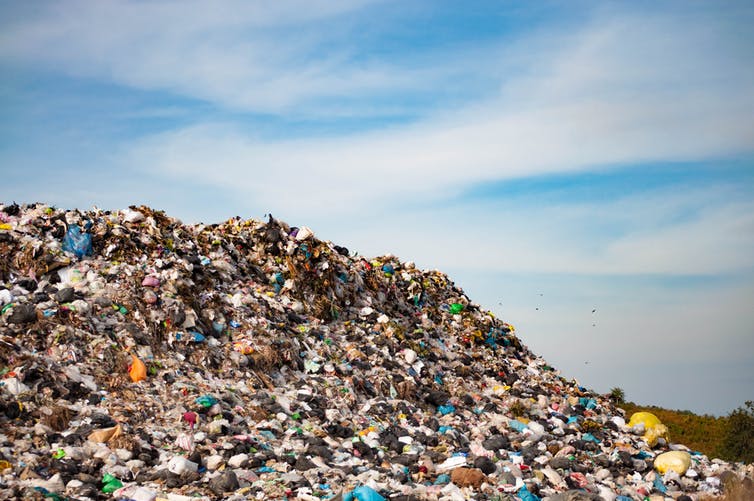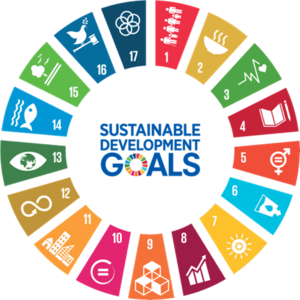Environmental activists and scientists alike often experience bouts of overwhelming climate anxiety. These feelings can be both paralyzing and difficult to deal with. Luckily, the field of psychology which examines climate anxiety is growing, giving it greater legitimacy and introducing new tools for coping. Books like Sarah Jacquette Ray’s A Field Guide to Climate Anxiety offer a framework for understanding and examining the complex emotions that environmental justice work brings up.
Who is Sarah Jacquette Ray?
Sarah Jacuette Ray is an author and professor of environmental studies at Humboldt University. Her book, A Field Guide to Climate Anxiety, is a response to her observation of overwhelming dejection among her college students. In the book, she lays out her philosophy on coping with the existentialism and anxiety that comes with climate work. In addition to this, she offers a path for sustaining meaningful action.

Photo Credit: University of California Press
What is Climate Anxiety?
Before delving into the nitty-gritty of dealing with climate anxiety, let’s explore its definition. Climate anxiety as described by the APA, is “the chronic fear of environmental doom”1 which manifests in feelings of guilt, grief, and unease.
While climate anxiety may feel isolating, studies continuously show an increase in concern from the global population. In a 2021 survey of 16-25 year-olds across ten countries, 59% were very or extremely worried about climate change2.
Moreover, this increase is also evident in Yale’s “Global Warming’s Six Americas” which monitors belief in climate change across 6 groups: the alarmed, the concerned, the cautious, the disengaged, the doubtful, and the dismissive. From 2014 to 2019 the proportion of Americans in the “alarmed” category tripled3. Evidently, these statistics signal a growing climate consciousness across the world.
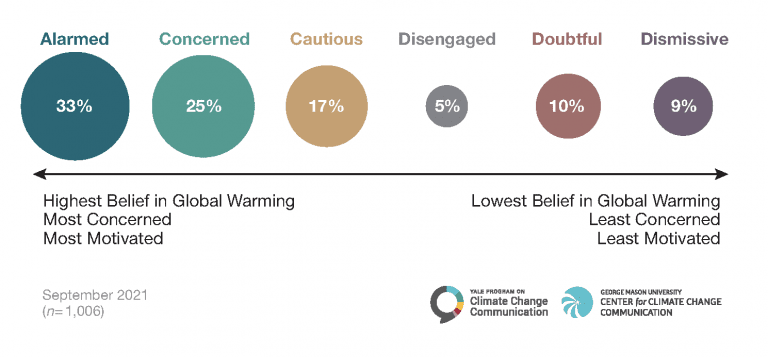
Photo Credit: Yale Program on Climate Change Communication
The Myth of Individualism
Pseudoinefficacy and Climate Anxiety
In her book, Ray posits that pseudoinefficacy is one of the major ways people talk themselves out of taking action. Pseudoinefficacy is a psychological disposition that inclines people to believe that the individual is too small to make meaningful change.
For instance, studies show that people are more likely to contribute donations to a single person in need rather than to a cause benefiting millions of people4. When faced with the scope of suffering, we become dejected and discouraged. This kind of perceived helplessness often exaggerates feelings associated with climate anxiety.
Collective Action
One of the most helpful ways to combat the belief in inefficacy is through collaboration. Through building or joining community networks committed to climate action, the draining feeling of powerlessness eases. According to Ray, psychologists agree that simply being a part of a collective is empowering5. Individualism leads people to believe that whatever action they take, they are simply one drop in an ocean of water. In contrast, collective action lends people to rely on one another, creating lasting relationships that promote resilience–one of the most important ingredients in cultivating long-term eco-action.
Consequently, as part of a community of change-makers it is easier to step back and recuperate when experiencing burnout. Many people experience feelings of guilt if they need to step away from justice work to focus on another aspect of life. It’s important to remember that human beings are animals, not machines. Even in the face of climate catastrophe, moments of rest are opportunities to reevaluate and come back energized. In community groups, reciprocity is emphasized, allowing for this necessary rest. When one person needs a break another steps up and vice versa.
Mindfulness
Besides the importance of collective action, one major tenant of A Field Guide to Climate Anxiety, is an emphasis on the Buddhist tradition of mindfulness. Ray takes a secular approach, explaining how mindfulness fosters resilience in the face of climate change. Resiliency addresses our ability to adapt to a changing climate through emotional and behavioral flexibility. Practitioners of mindfulness pay close attention to the present moment and to the feelings that arise within themselves. By avoiding the difficult feelings climate change brings up, we deplete our energy. However, by giving them the space to be heard we build a practice of self-compassion and a precedent of resilience.
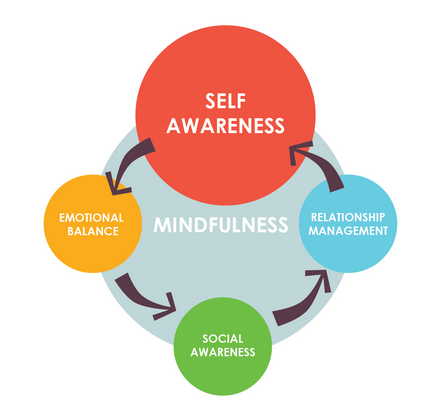
Photo Credit: Key Step Media
On Hope
Acting With Intention
What Does Action Look Like?
- Consider your “spheres of influence”. Ray writes, “When you begin to see all the people with whom you have reciprocal relationships, and all the potential points of intervention in the systems in which you function daily, you can recognize the ways that you already have a significant amount of power.”10

Photo Credit: Future Earth
- Join a community network and volunteer or donate to nonprofits like IDEAS For Us that advocate on behalf of the environment
- Start your own non-profit or start a club at your school/work to raise awareness and act on local issues
- Engage critically with climate-related news and discuss it with those around you. The reality is that 78% of Americans are worried about climate change, but that we collectively underestimate the extent to which our peers are concerned11. This dynamic lends itself to a spiral of silence in which everyone assumes that others are not worried so no one speaks out.
- Support politicians with vigorous climate change policy agendas and participate in local protests
- Believe in your own efficacy and remember that no action is too small!
- Read more about these strategies. Get a copy of A Field Guide to Climate Anxiety online, from your library, or from a second-hand bookseller
Sources
- https://www.apa.org/monitor/2021/03/ce-climate-change
- https://www.thelancet.com/action/showPdf?pii=S2542-5196%2821%2900278-3
- https://climatecommunication.yale.edu/publications/for-the-first-time-the-alarmed-are-now-the-largest-of-global-warmings-six-americas/
- https://www.sciencedirect.com/science/article/abs/pii/S0749597806000057
- Ray, S. J. (2020). Claim Your Calling and Scale Your Action. In A field guide to climate anxiety how to keep your cool on A warming planet. essay, University of California Press.
- Ray, S. J. (2020). Cultivate Climate Wisdom. In A field guide to climate anxiety how to keep your cool on A warming planet. essay, University of California Press. pg.49
- Ray, S. J. (2020).Move Beyond Hope, Ditch Guilt, and Laugh More. In A field guide to climate anxiety how to keep your cool on A warming planet. essay, University of California Press. pg122
- https://phys.org/news/2019-01-environment-solutions-problems.html
- Ray, S. J. (2020). Claim Your Calling and Scale Your Action. In A field guide to climate anxiety how to keep your cool on A warming planet. essay, University of California Press. pg. 67
- Ray, S. J. (2020). Claim Your Calling and Scale Your Action. In A field guide to climate anxiety how to keep your cool on A warming planet. essay, University of California Press. pg. 57
- https://www.nature.com/articles/s41467-022-32413-x

